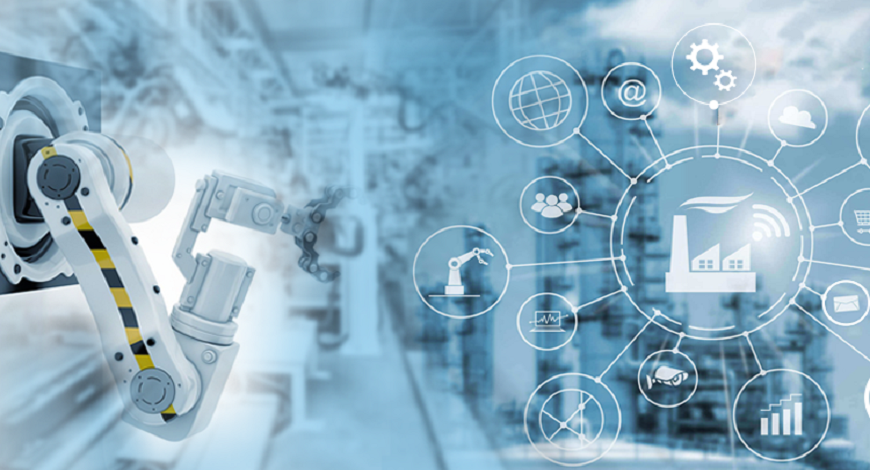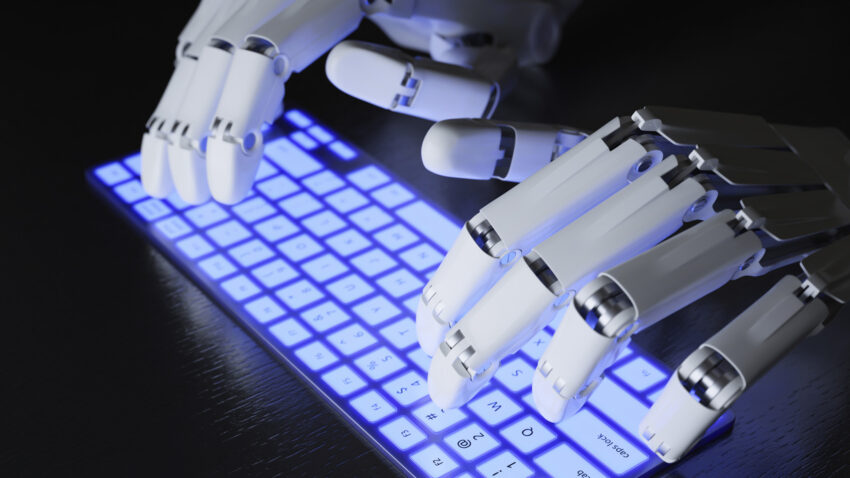In the relentless pursuit of efficiency, businesses have turned to automation as a solution to streamline processes and boost productivity. This wave of automation, driven by advancements in technology such as artificial intelligence, robotics, and machine learning, has transformed industries across the globe. The impact of automation on productivity is profound, reshaping the way businesses operate, produce goods, and deliver services. By automating repetitive tasks, businesses can significantly reduce the time and resources required to complete them, allowing employees to focus on more value-added activities. For example, in manufacturing, robotic automation has revolutionized assembly lines, leading to increased output, improved quality, and reduced costs. Similarly, in the service sector, automation has streamlined customer service processes through chatbots and virtual assistants, providing quicker responses and enhancing overall customer satisfaction. However, while automation promises greater efficiency, its implementation is not without challenges. One of the primary concerns is the displacement of human workers.

As tasks become automated, the need for human labor diminishes, leading to job loss in certain sectors. This phenomenon has sparked debates about the future of work and the potential societal impact of widespread business automation. Moreover, the transition to automated systems often requires significant upfront investment in technology and infrastructure, which can be a barrier for smaller businesses with limited resources. Additionally, there is a learning curve associated with adopting new technologies, requiring employees to acquire new skills or adapt existing ones to effectively operate and maintain automated systems. Despite these challenges, the overall impact of automation on productivity is overwhelmingly positive. By streamlining processes and eliminating inefficiencies, businesses can operate more competitively in the global market. Automation also enables businesses to scale their operations more efficiently, accommodating growth without a proportional increase in resources. Furthermore, automation can improve accuracy and consistency in tasks, reducing errors and minimizing rework. This not only enhances productivity but also enhances the overall quality of products and services. Moreover, automation facilitates innovation by freeing up human capital to focus on creative and strategic endeavors.
With mundane tasks automated, employees can dedicate more time to problem-solving, brainstorming new ideas, and exploring opportunities for business growth. This synergy between human creativity and technological efficiency drives continuous improvement and drives businesses towards greater competitiveness and sustainability. As technology continues to advance, the scope of tasks amenable to automation will expand, encompassing more complex and specialized activities. Businesses that embrace automation strategically, leveraging it to augment human capabilities rather than replace them, stand to gain the most from this transformation. Collaboration between humans and machines will become increasingly symbiotic, with each contributing their unique strengths to drive innovation and productivity. While it presents challenges such as job displacement and initial investment costs, the benefits in terms of efficiency, scalability, and innovation far outweigh the drawbacks. As businesses continue to adapt to the evolving landscape of automation, those that prioritize strategic integration of technology with human capital will thrive in the increasingly competitive global marketplace.



